From Raw Materials to Finished Product: The Phosphorus Production Line Process
Phosphorus is an essential element for plant growth and plays a critical role in agriculture. The phosphorus production line is a complex system designed to convert raw materials into high-quality phosphorus products that meet the demands of modern farming. This article explores the various stages of the phosphorus production line process, highlighting the importance of each step in creating a finished product that supports sustainable agriculture.
Understanding Phosphorus and Its Importance
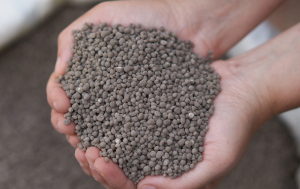
Phosphorus is a vital macronutrient that supports numerous physiological processes in plants. It is crucial for energy transfer, photosynthesis, and the synthesis of nucleic acids. Adequate phosphorus availability promotes strong root development and enhances crop yields. Given its importance, the production of phosphorus-based fertilizers is essential to ensure food security and sustainable agricultural practices.
Raw Materials for Phosphorus Production
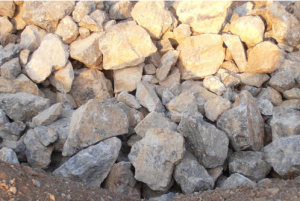
The phosphorus production line begins with the selection of high-quality raw materials. The primary sources of phosphorus for fertilizer production include:
- Phosphate Rock: The most common source of phosphorus, phosphate rock contains significant amounts of tricalcium phosphate (Ca₃(PO₄)₂). The quality of the phosphate rock influences the efficiency and effectiveness of the phosphorus production line.
- Sulfuric Acid: Often used in the production process, sulfuric acid is essential for the conversion of phosphate rock into phosphoric acid. This step is crucial for producing soluble phosphorus fertilizers.
- Water: Water is necessary for various processes within the phosphorus production line, including chemical reactions and cooling.
The Phosphorus Production Line Process
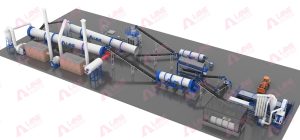
The transformation of raw materials into finished phosphorus products involves several key stages:
a. Crushing and Grinding
The first step in the phosphorus production line is the crushing and grinding of phosphate rock. This process increases the surface area of the rock, facilitating better reactions in subsequent steps. Specialized crushers and grinders are used to ensure that the phosphate rock is reduced to a fine powder.
b. Sulfuric Acid Reaction
Once the phosphate rock is finely ground, it is mixed with sulfuric acid in a reactor. This chemical reaction produces phosphoric acid and gypsum (calcium sulfate). The overall reaction can be summarized as follows:
Ca3(PO4)2+2H2SO4+6H2O→2H3PO4+3CaSO4⋅2H2O
This step is crucial, as phosphoric acid is the primary product used in the formulation of various phosphorus fertilizers.
c. Separation and Filtration
After the reaction, the mixture contains both phosphoric acid and gypsum. The next step involves separating these two components. Filtration systems are used to remove the gypsum, leaving behind a concentrated phosphoric acid solution. This step is essential to ensure the purity and quality of the final phosphorus products.
d. Concentration and Crystallization
The phosphoric acid solution is then concentrated to increase the phosphorus content. This concentration process may involve evaporating excess water or using other methods to enhance the acid’s strength. Once the desired concentration is achieved, crystallization techniques are employed to produce solid phosphorus products, such as monoammonium phosphate (MAP) or diammonium phosphate (DAP).
Quality Control in the Phosphorus Production Line
Quality control is a critical aspect of the phosphorus production line process. Throughout each stage, rigorous testing and analysis are conducted to ensure that the final products meet industry standards. Key quality control measures include:
- Raw Material Testing: Assessing the quality of phosphate rock and sulfuric acid before production begins ensures optimal performance in the production line.
- Process Monitoring: Continuous monitoring of temperature, pressure, and chemical concentrations during the reaction helps maintain the efficiency and effectiveness of the production process.
- Final Product Testing: After crystallization, the finished phosphorus products are tested for purity, nutrient content, and solubility to ensure they meet agricultural specifications.
Packaging and Distribution
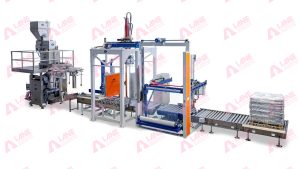
Once the phosphorus products have passed quality control, they are packaged for distribution. The packaging process is designed to protect the products from moisture and contamination, ensuring they remain effective until application. Common packaging methods include bulk bags, sacks, and containers, making it easy for farmers to transport and apply the fertilizers.
Environmental Considerations
The phosphorus production line process also involves environmental considerations. Sustainable practices are essential to minimize the ecological impact of phosphorus production. Key strategies include:
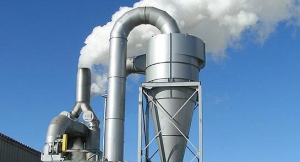
cyclon dust collector
- Waste Management: Proper disposal and management of byproducts, such as gypsum, are critical to reducing environmental pollution.
- Resource Efficiency: Optimizing resource use, including energy and water, can help minimize the overall environmental footprint of phosphorus production.
- Sustainable Sourcing: Sourcing raw materials from sustainable suppliers can help ensure that the phosphorus production line operates in an environmentally responsible manner.
Innovations in Phosphorus Production
Advancements in technology are continually improving the phosphorus production line process. Innovations include:
- Enhanced Recovery Techniques: New methods for recovering phosphorus from wastewater and other waste streams are being developed to promote recycling and reduce resource depletion.
- Process Automation: Automating various stages of the phosphorus production line enhances efficiency, reduces labor costs, and minimizes human error.
- Research and Development: Ongoing research into alternative sources of phosphorus, such as organic waste, is helping to create more sustainable fertilizer options.
Conclusion
The LANE phosphorus production line plays a vital role in transforming raw materials into high-quality phosphorus fertilizers that support sustainable agriculture. By understanding the various stages of this process, stakeholders can appreciate the complexity and importance of phosphorus in crop production. As the demand for food continues to rise, the phosphorus production line will remain essential in ensuring a stable supply of this critical nutrient, driving agricultural productivity while promoting environmental sustainability.
Through continuous innovations and sustainable practices, the phosphorus production line can meet the challenges of modern agriculture, contributing to food security and ecological balance.
Latest Articles & Tips
More-
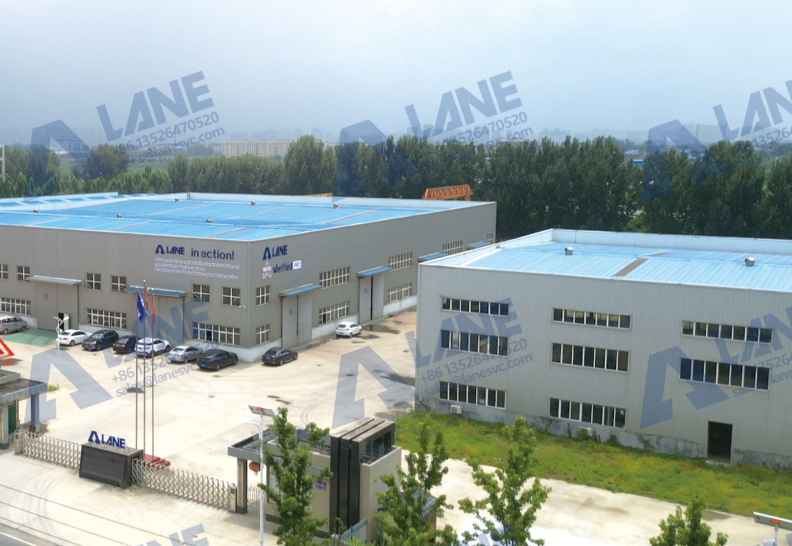
03/14
OEM Fertilizer Equipment Manufacturing: Custom Solutions for Your Production Needs
read more -

02/27
Fertilizer Granulation for DAP and MAP: Enhancing Efficiency in Fertilizer Production
read more -
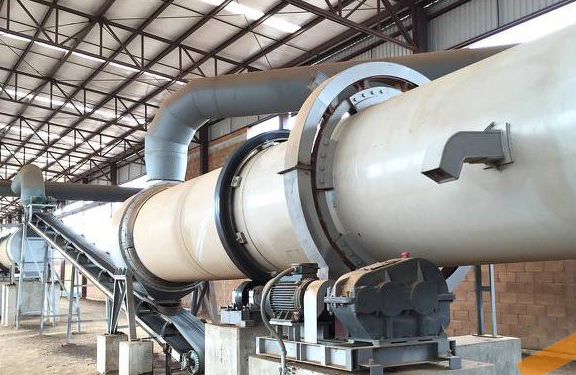
02/27
Fertilizer Production Solutions: Optimizing Efficiency and Sustainability in Fertilizer Manufacturing
read more -
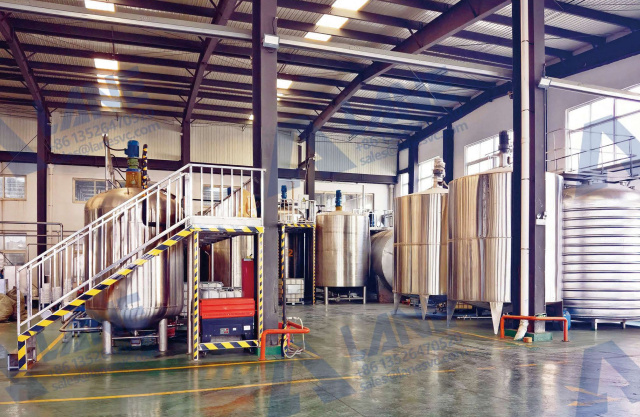
02/13
Chemical Fertilizer Production Line: Enhancing Agricultural Productivity with Precision Manufacturing
read more



Send a message to us